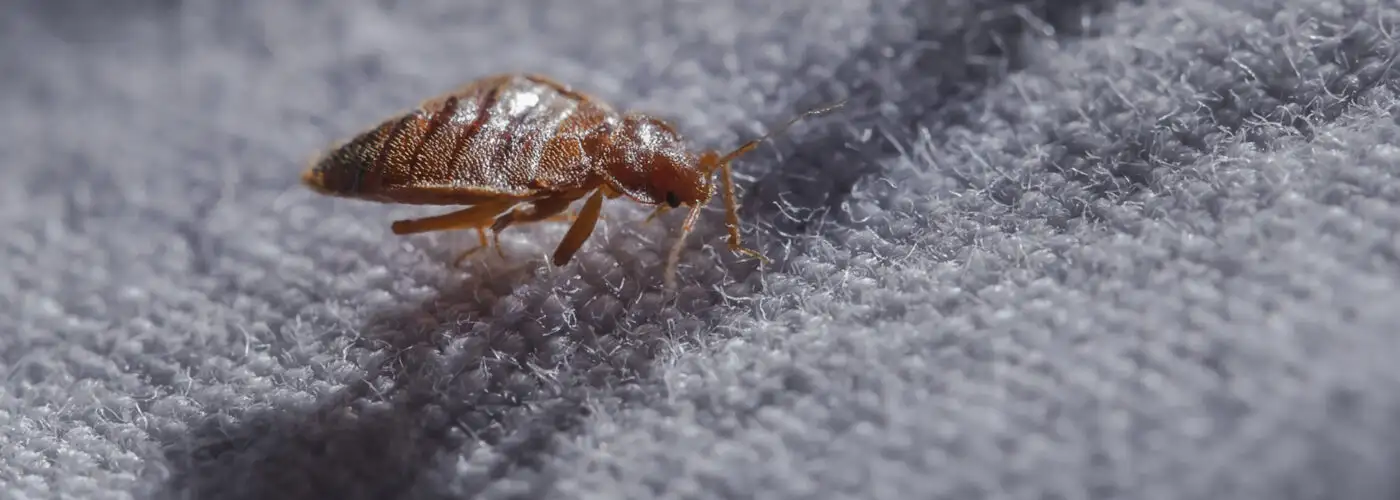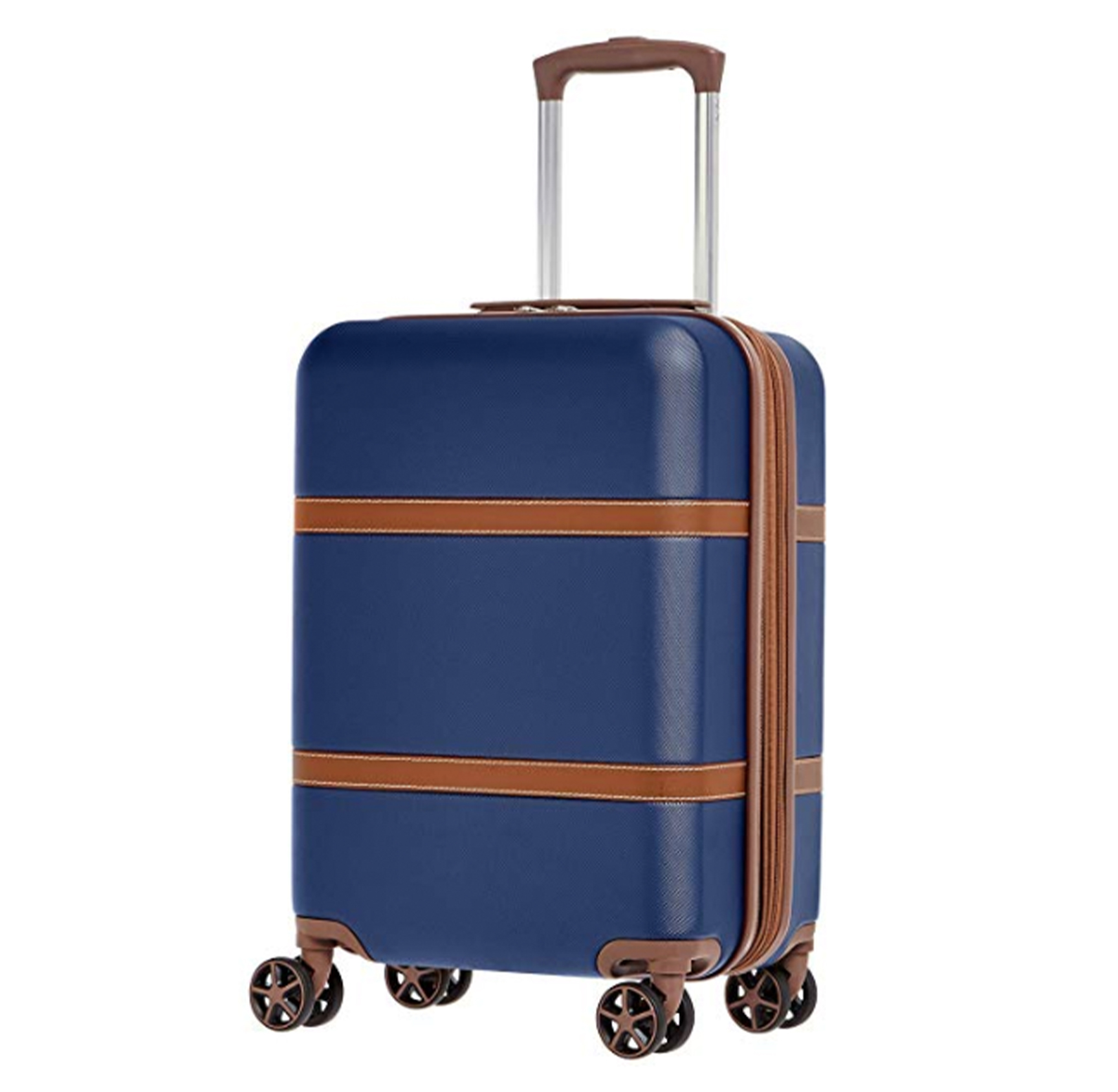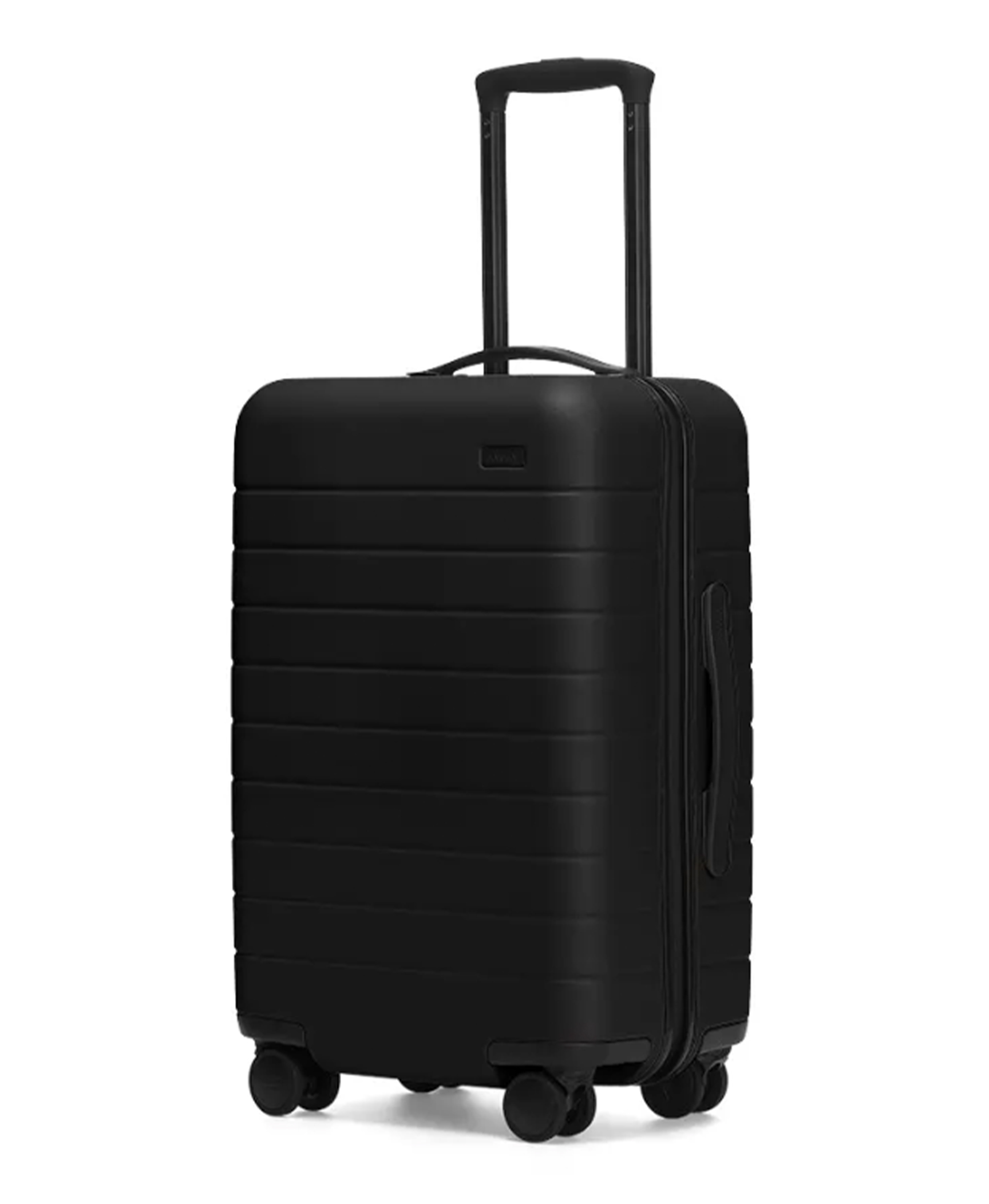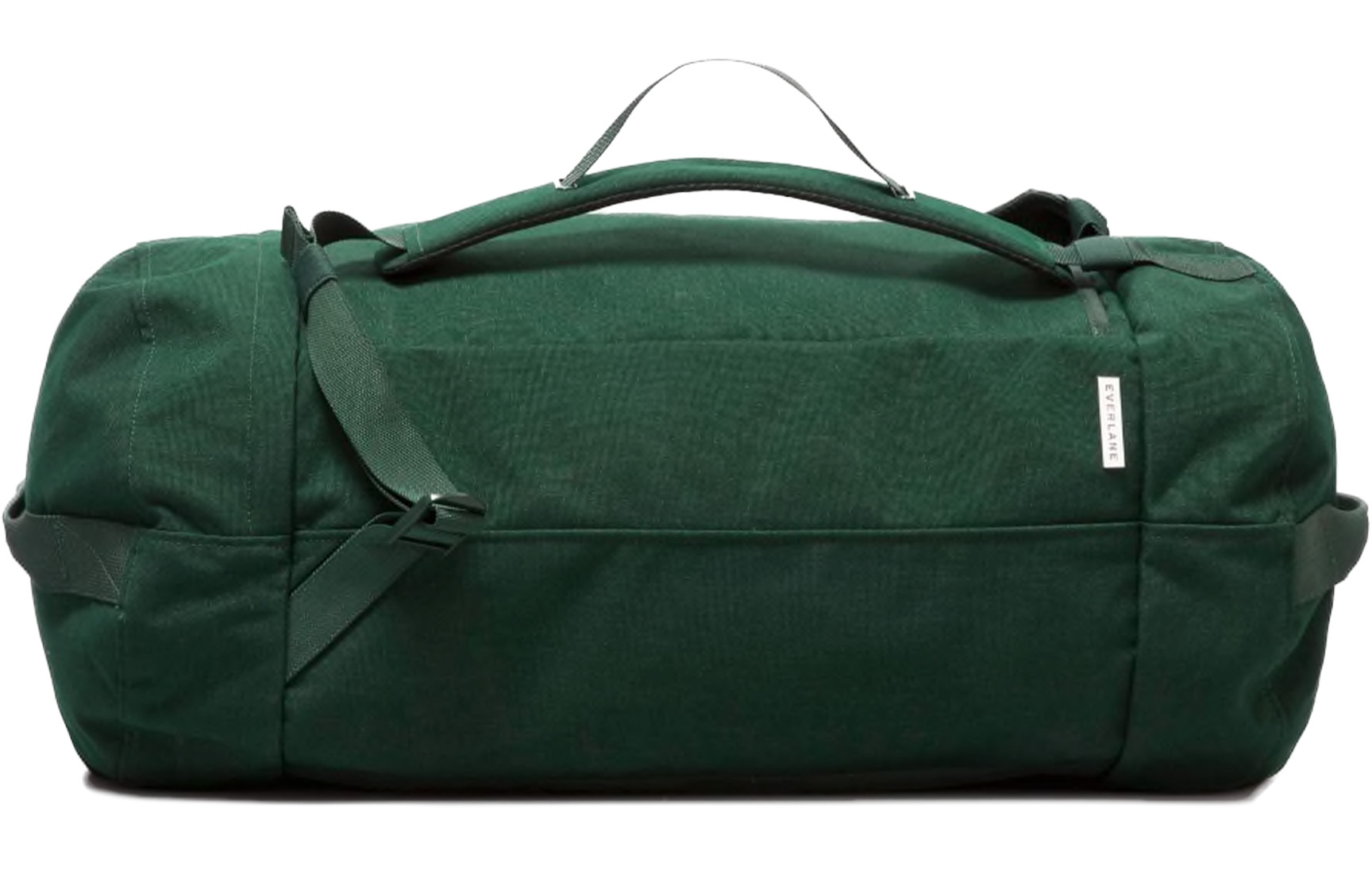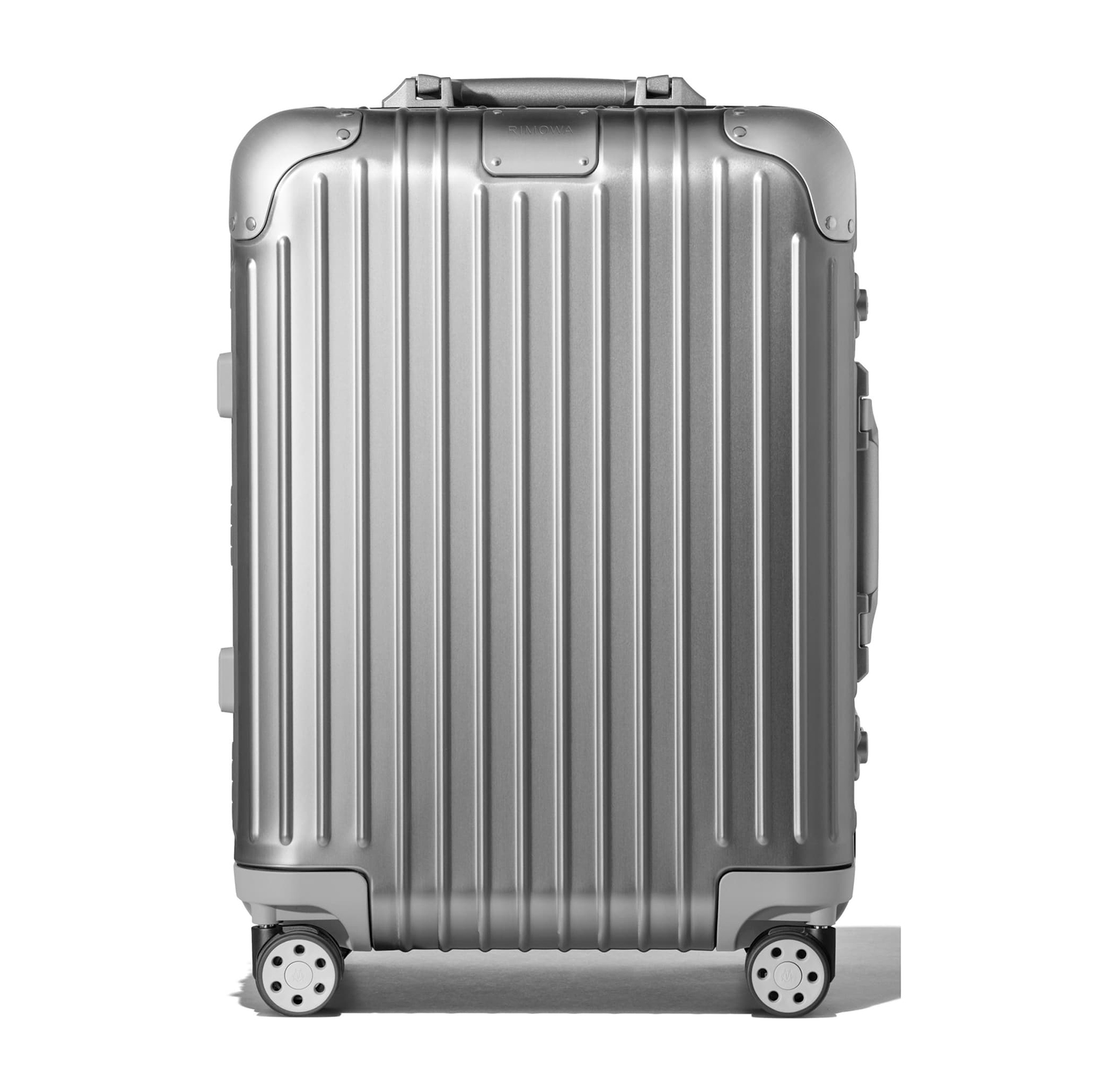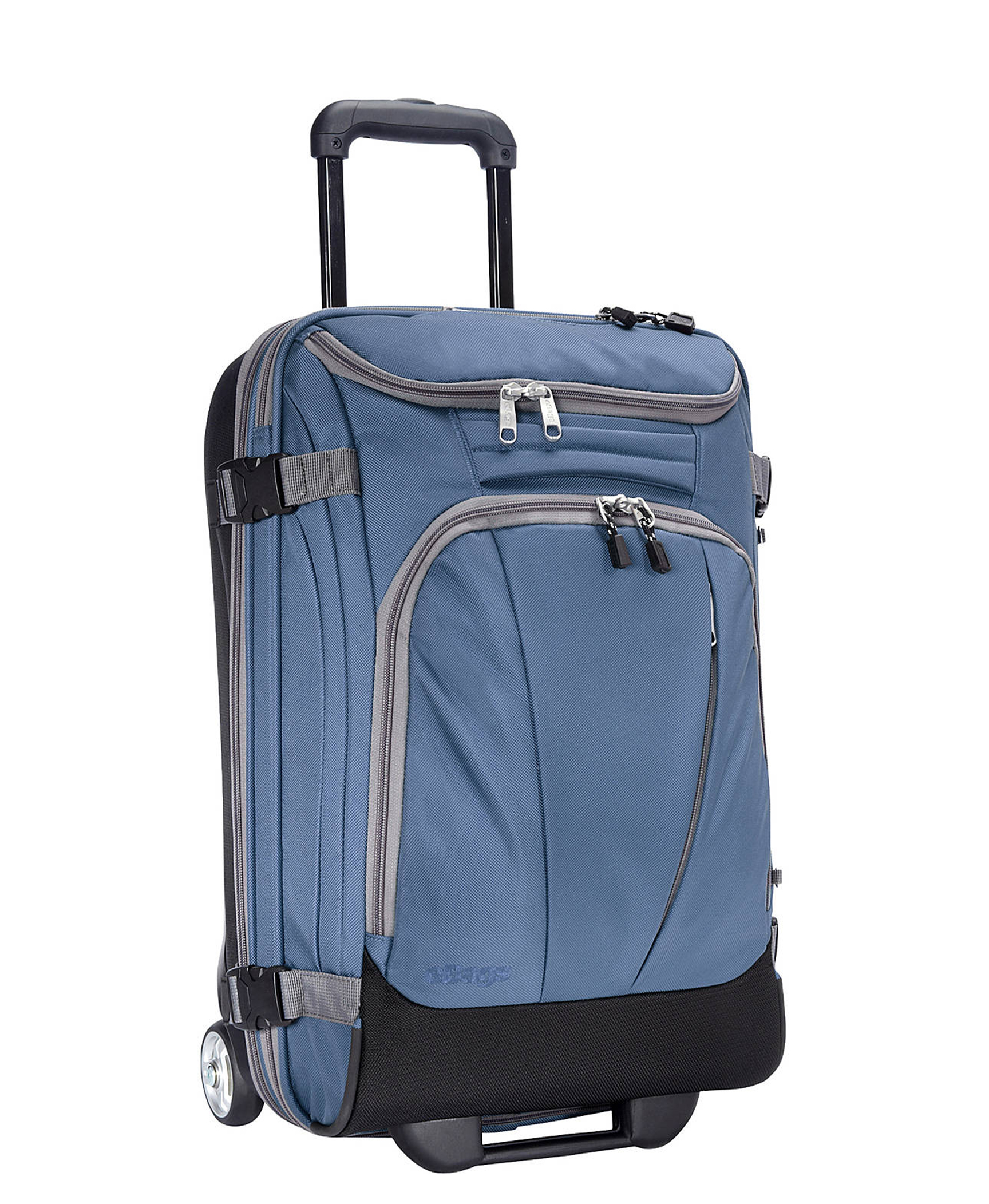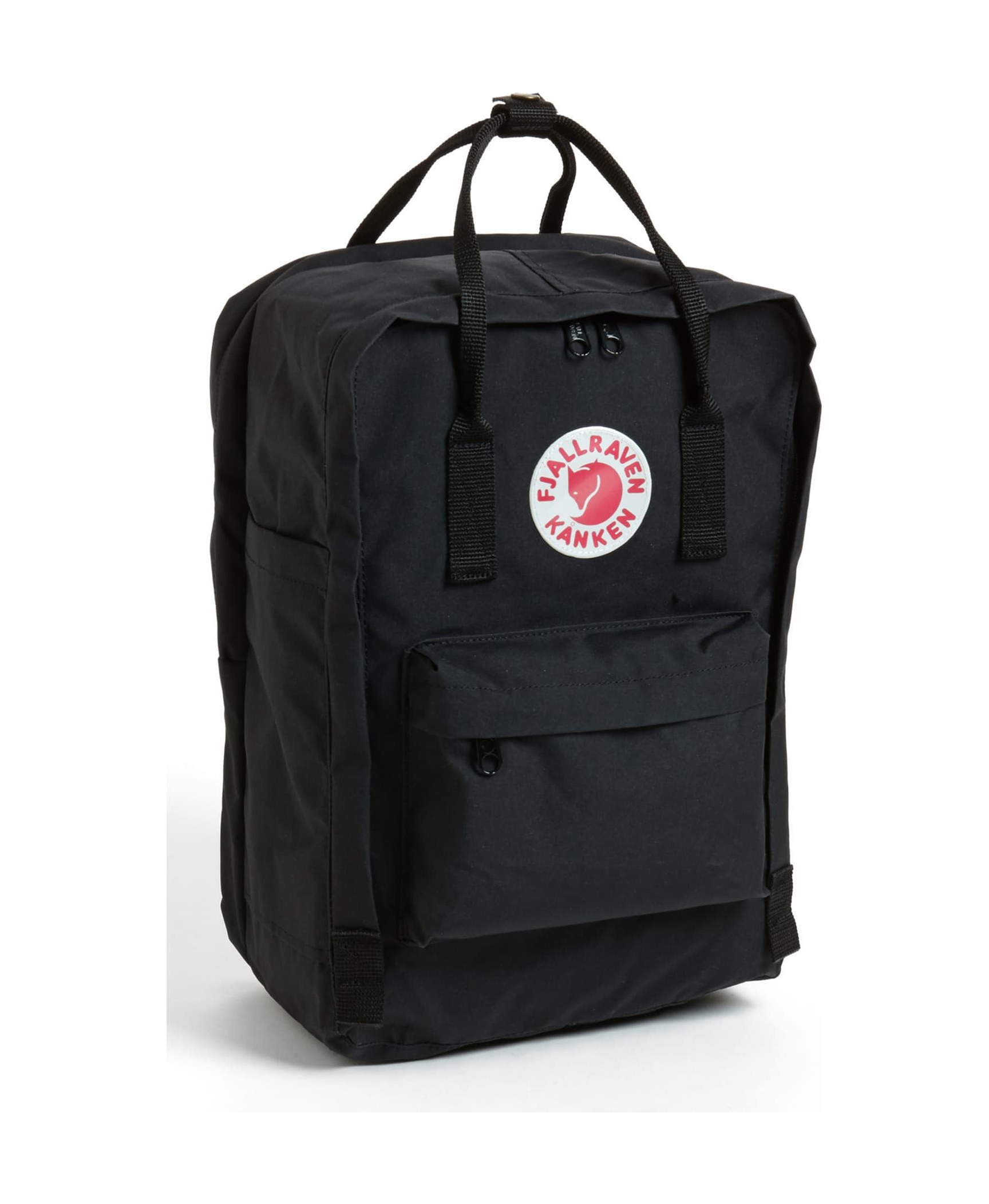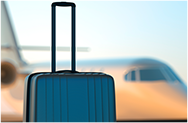Sorry to give you one more thing to worry about while flying, but bedbug infestations have recently broken out in the sky. It turns out the pests love infrequently cleaned planes nearly as much as they do hotel rooms. I interviewed Dr. Richard Cooper, the Senior Director of Service for Terminix, to find out how you can protect yourself from bedbugs on planes.
Educate Yourself
It’s hard to avoid bedbugs if you don’t know what they look like. Dr. Cooper advises, “These insects are wingless, range in color from a light brown as immatures to a reddish-brown as adults, and range in size from as small as 1/32 of an inch upon hatching from the egg to a quarter-inch as adults. All stages are visible [to] the naked eye.”
Although you should be alarmed if you find any type of bug crawling on your seat, knowing what a bedbug looks like can help your case for switching seats—no one wants to mess with bedbugs.
If you find one, alert a flight attendant immediately and see if you can move, ideally to a section of the plane that’s far away from the infected row. Dr. Cooper also recommends capturing the insect so the airline has evidence that it was, in fact, a bedbug aboard its aircraft.
Try a Seat Cover
Although bedbugs can live on clothing, they can’t actually bite through most fabrics, so it may be worth trying a disposable seat cover like this one. (Note: Terminix has not evaluated this product and would not comment on its effectiveness.)
Pick the Right Airline
If you can, opt for an airline that uses planes with vinyl seats. According to Dr. Cooper, “Bedbugs prefer textured surfaces, such as fabric, to those that are smooth, like vinyl—so fabric environments where these pests can stay out of sight are more likely to foster a successful bedbug population. However, it’s important to note that the type of seat doesn’t increase the likelihood of bedbugs being introduced in the first place.”
As for specific airlines, according to Thrillist and Fox5NY, Air India has had multiple reports of bedbugs on its planes, including in business class … eeek. Bedbugs on planes have also been reported on British Airways and United Airlines in the past.
Exercise Caution Off the Plane as Well
Unfortunately, it’s not just planes you have to worry about. You need to be vigilant on your cab, subway, or bus ride to the airport as well, since bedbugs can be found on all forms of mass transportation.
What to Do If You See Bedbugs on Planes
Your number one priority should be making sure that you don’t bring the bedbugs into your home after getting off a plane. “The most important thing for passengers concerned about bedbugs is isolating and addressing their luggage and belongings upon returning home,” explains Dr. Cooper. “Place luggage inside of a sealed plastic bag or another container that can prevent them from spreading, launder belongings in a hot washer or dryer as permitted by clothing care instructions, and place items that tolerate heat but cannot be laundered into a portable heat chamber designed for this purpose. Doing so will greatly reduce the likelihood that travelers inadvertently introduce bedbugs into their home.”
Traveling? Consider Our Favorite Carry-On Options
More from SmarterTravel:
- 5 Ways to Stop Bedbugs Before They Bite
- 7 Air Travel Secrets You Didn’t Know
- How to Disinfect Your Airplane Seat
Editor’s note: This story was originally published in 2018. It has been updated to reflect the most current information.
Caroline Morse Teel is a Senior Editor with SmarterTravel. Follow her on Instagram @TravelWithCaroline for photos from around the world.
We hand-pick everything we recommend and select items through testing and reviews. Some products are sent to us free of charge with no incentive to offer a favorable review. We offer our unbiased opinions and do not accept compensation to review products. All items are in stock and prices are accurate at the time of publication. If you buy something through our links, we may earn a commission.
Related
Top Fares From
Today's Top Travel Deals
Brought to you by ShermansTravel
France: 8-Night Paris, Avignon & Nice...
Infinity Worldwide Vacations
 vacation
$2880+
vacation
$2880+
Poconos: 3 Nts in Garden of...
ResortsAndLodges.com
 hotel
$305+
hotel
$305+
7-Nt Canada & New England Cruise,...
Princess Cruises
 cruise
$839+
cruise
$839+
